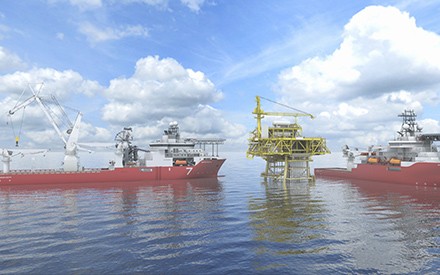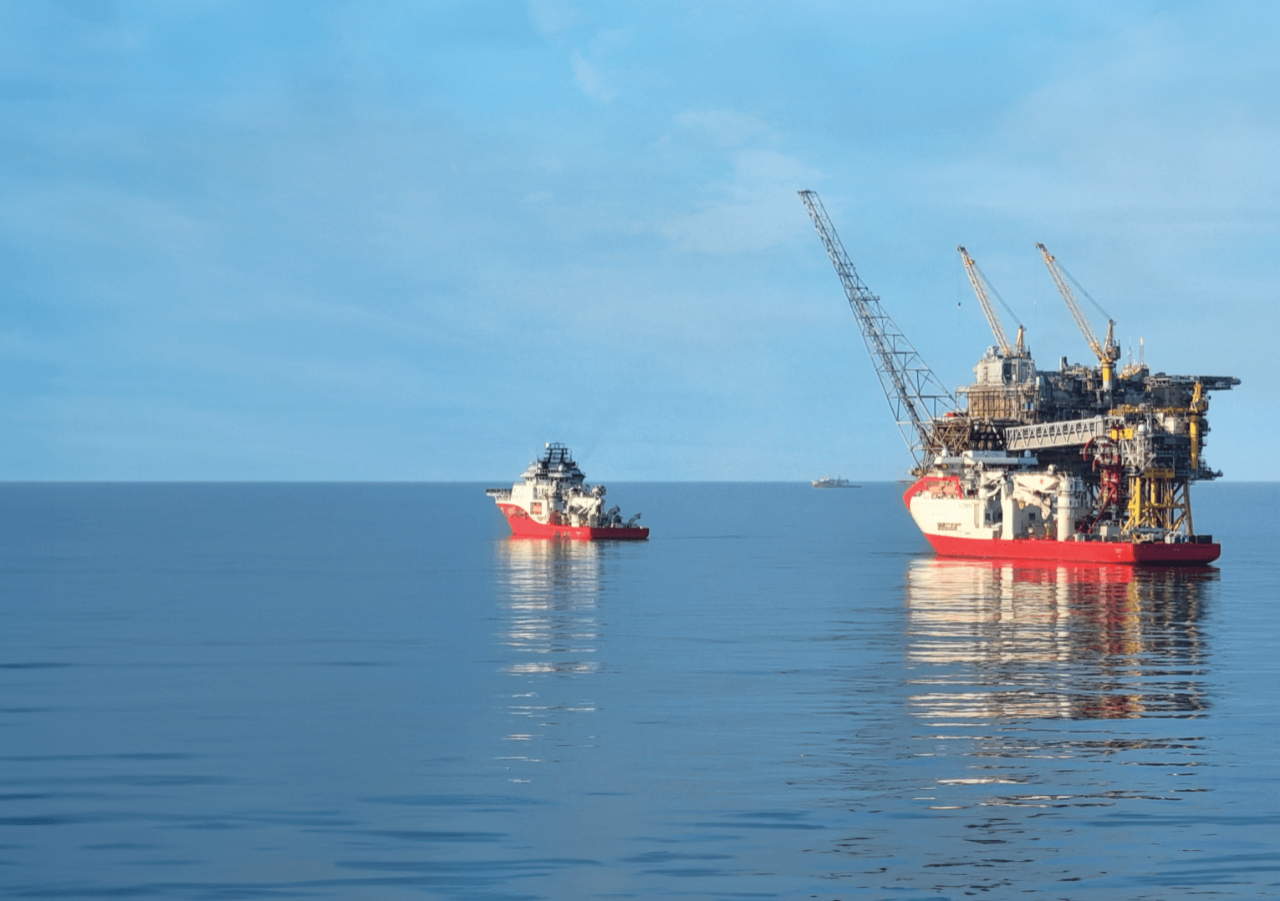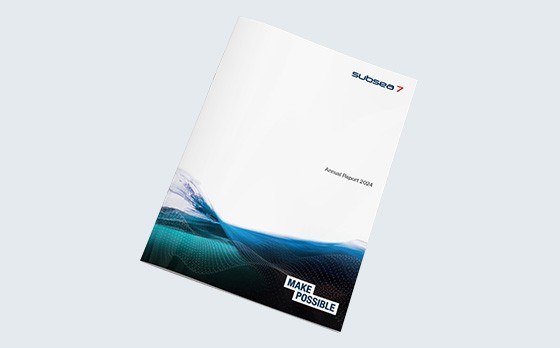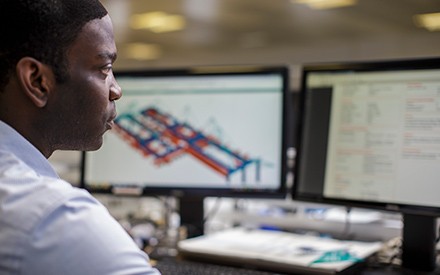Solutions for the world's energy needs
We create sustainable value by delivering the offshore energy transition solutions the world needs
Climate strategy
Subsea7's strategy considers the impacts, opportunities, and risks associated with climate change. We are committed to delivering offshore solutions that support the transition towards lower-carbon and renewable energy sources. By adapting and managing these factors, we aim to make possible the continued and sustainable delivery of offshore energy transition solutions the world needs.
Global demand for energy continues to grow and, as a preferred partner of choice to the offshore energy industry, Subsea7 will play a proactive role in the construction of sustainable offshore energy developments around the world and will support the transition of supply towards lower-carbon sources of energy. We play an important role in helping supply that energy, from both renewable and non-renewable sources.
Click on each of the following topics to read more.
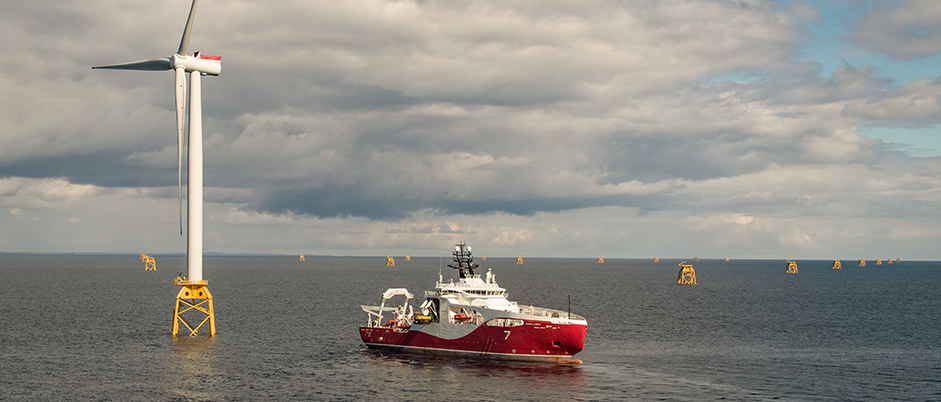
Supporting our clients
Renewable energy has become an important part of our business and we aim to support our clients to accelerate the energy transition and to provide their consumers with increasing volumes of affordable wind power.
We utilise our skilled people and their wealth of marine construction expertise together with our construction vessels, equipment and facilities to develop and deliver the best and most cost-efficient offshore wind farm solutions.
We have many years of experience in heavy lifting and cable lay in harsh marine environments that is invaluable for the installation of offshore wind farms. Over time we expect that this will result in a growing proportion of our activity coming from renewable energy services.
Fixed offshore wind
Seaway 7, our fixed offshore wind business unit, has an established position in the renewables supply chain, providing our clients with foundation installation, turbine installation, cable lay and transportation services for the construction of offshore wind farms through various contracting models ranging from Transport & Install (T&I) to integrated T&I and EPCI. With over 10 years of experience, we have built and installed hundreds of foundations and kilometres of inner-array cables for fixed offshore wind farms worldwide.
The levelised cost of electricity (LCOE) from offshore wind has decreased significantly over the last 10 years, driven by increased efficiency in transportation and installation, bigger turbines, and cost improvements in the supply chain.
As a result of these cost reductions, supported by the capability and expertise of contractors such as Subsea 7, offshore wind farms are now economically viable at significantly lower levels of government subsidy. The global fixed offshore wind farm market has grown rapidly with more than 50GW of capacity anticipated to be installed by the end of 2025 globally. Looking ahead, further significant growth is projected as society looks to increase investment in renewable energy and carbon-neutral alternatives.
Floating offshore wind
Floating offshore wind is the next most promising growth area for offshore renewables. Floating wind offers the possibility to further support energy transition by allowing greater quantities of offshore wind to be developed by using areas where the water is too deep to allow the construction of fixed offshore wind farms.
While there are no significant commercial farms anticipated in the short term there are a large number of demonstrators and concepts in operation with a number of smaller projects being progressed to provide clean power to remote offshore oil and gas facilities.
We are actively participating in these projects and are growing our technical capability and expertise in this area to be ready to support future large-scale commercial developments. Floating wind farms are expected to become a significant contributor to the energy transition in a five to ten-year time frame.
Gas development
Gas has an important role in the transition to lower-carbon energy, as it is an energy source that releases lower-carbon emissions to the atmosphere when used to generate power and helps to lessen dependence on coal. Subsea7 has extensive expertise and experience in large offshore gas field developments. Our proprietary technology and engineering capability support our clients in developing these fields cost effectively and efficiently.
Our targets
35GW Cumulative power capacity of renewables projects supported by 2030 (18GW by 2025).
GHG emissions
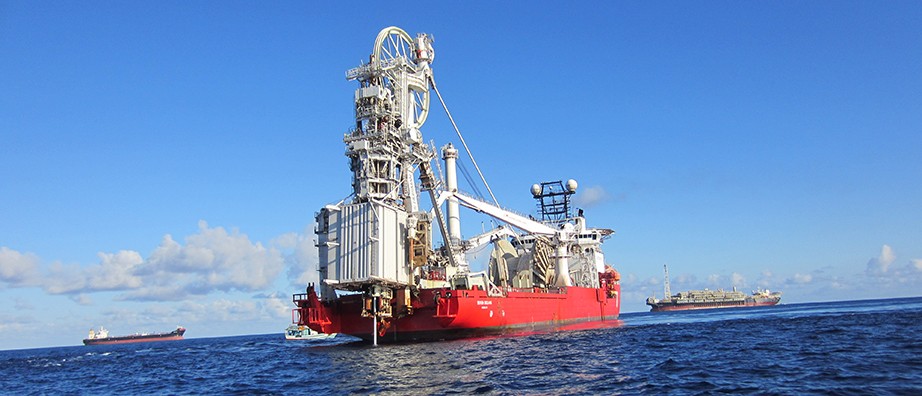
As part of the broader maritime industry, Subsea7 aims to reduce emissions associated with its fleet by 50% in 2035 and to reach Net Zero in 2050. Our decarbonisation plans include optimising fuel efficiency with our advanced digitisation tools and hybridising the power on our vessels through the addition of battery power. However, key to decarbonisation will be the use of alternative fuels with reduced carbon footprint, and the availability of these at scale, globally, is a challenge for the entire maritime industry.
Subsea7 plans to reduce Scope 1 and 2 emissions by 50% by 2035 and achieve Net Zero by 2050. The decarbonisation strategy includes improving fuel efficiency using advanced digitisation tools and adding battery power to vessels to create hybrid systems. A significant part of the strategy involves using alternative fuels with lower carbon footprints, although the widespread availability of these fuels globally remains a challenge for the maritime industry.
Click on each of the following topics to read more.
Addressing climate change
Subsea7 supports the recommendations of the Task Force on Climate-related Financial Disclosures (TCFD) which aims to improve the reporting of climate-related risks and opportunities. In 2022, Subsea7 published its first climate-related disclosures guided by the recommendations of the TCFD. It sets out how the Group incorporates climate-related risks and opportunities into governance, strategy, risk management and metrics and targets. View the TCFD Report.
In addition, we also disclose additional TCFD aligned information in our annual voluntary response to the CDP.
Managing our emissions
Over 90% of our emissions come from our vessels such that our carbon dioxide emissions correlate strongly with our activity levels in the year. In line with our emissions targets, we are actively engaged in seeking ways to be more efficient in the way that we work and investing in solutions that lower our greenhouse gas emissions and those of our clients. The emissions arising from our supply chain are fundamental to address together with our clients if we are to collectively target a lower-carbon industry. We have established our Scope 3 baseline and are focused on working with our stakeholders to work together on reducing the contribution of emissions from our projects and services.
The International Maritime Organization IMO) launched its strategy for the reduction of greenhouse gas emissions from ships. This included limiting sulphur oxide (SOx) and nitrogen oxide (NOx) missions and setting a target to reduce total annual greenhouse gas emissions from shipping by at least 50% by 2050 compared with 2008. As a result, from January 2020 a new low-sulphur limit or fuel came into effect worldwide.
All of Subsea7’s vessels are designed to run on low-sulphur fuel, and as such no additional investment or action was required. Seven Subsea 7 vessels are listed with the Environmental Ship Index (ESI) in the World Port Sustainability Programme: Seven Viking, Seven Kestrel, Seven Falcon, Seven Arctic, Seven Vega, Seaway Moxie and Seaway Aimery. The ESI identifies seagoing ships that perform better in reducing air emissions than required by the current emission standards of the IMO.
Subsea7’s owned vessels are enlisted in the Norwegian NOx fund, which supports the shipping industry in cutting NOx emissions by granting financial support to the industry to implement green technology. This is financed by fees paid to the fund by its members, including Subsea 7. Subsea 7’s new build vessels have NOx-reducing selective catalytic reduction technology that reduces NOx emissions by approximately 75%.
Operating and managing our vessels
We have one of the youngest subsea, umbilicals, risers and flowlines (SURF) fleets in the offshore energy construction market with an average age of just 10 years. We have invested over $3.5 billion in new vessels since 2010, commissioning 12 new build vessels in that period. We aim to operate a vessel for its entire useful life, investing in new equipment and enhancements to extend the life where possible. When a vessel is at the end of its life we are committed to recycling it responsibly. All of our redundant vessel tonnage is recycled under the Hong Kong Convention and the EU Ship Recycling Regulation.
Managing our environmental risk and responsibilities
We have a comprehensive risk management system with procedures and tools that identify, analyse, report and manage business risks that are related to environmental exposures and the effects of climate change. We measure key environmental data against internal targets including fuel and energy consumption, carbon emissions, waste segregation, spills and other incidents. Environmental hazard severity is measured through a points system that reflects the potential impact on the environment should an incident occur.
Subsea7 is globally certified to the Environmental Management Standard ISO 14001:2015. This standard applies to the management of our environmental responsibilities in a systematic manner including the enhancement of environmental performance as well as the achievement of our environmental obligations and objectives. In 2021, DNV GL performed a surveillance audit of our compliance which confirmed effective fulfilment of requirements and no non-conformities with the requirements of the standard.
Our targets
50% reduction in Scope 1 and 2 greenhouse gas emissions by 2035 (baseline year 2018)1,2
Net zero Scope 1 and 2 greenhouse gas emissions by 20502
While we are implementing changes and solutions available today, there are several factors that could affect Subsea7’s ability to meet these targets and could cause our plans to differ materially from those currently reported, including but not limited to the availability and deployment of cleaner technologies at scale commercially. For information on our forward looking statements, please refer to our 2023 Subsea7 Annual Report page 170.
1 Our targets are based on a percentage reduction in absolute GHG emissions compared to an adjusted 2018 base year inventory.
2 Targets for 2035 and 2050 apply to both Subsea7 and Seaway7 on a standalone and consolidated basis.
Our commitments
We recognise the importance of being actively engaged in tackling the challenges facing our environment. We support the UN Global Compact’s principles on the environment, and we are undertaking initiatives to promote greater responsibility throughout our Company (Principle 8).

Collaboration and Partnerships
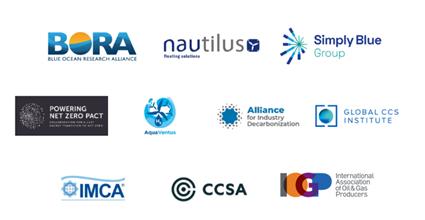
Subsea7 specialises in forming collaborative partnerships and strategic alliances to enable mutually beneficial and more efficient ways of working. These relationships are important to successfully deliver projects and overcome challenges, with the aim of creating impact and long-term value for our stakeholders.

